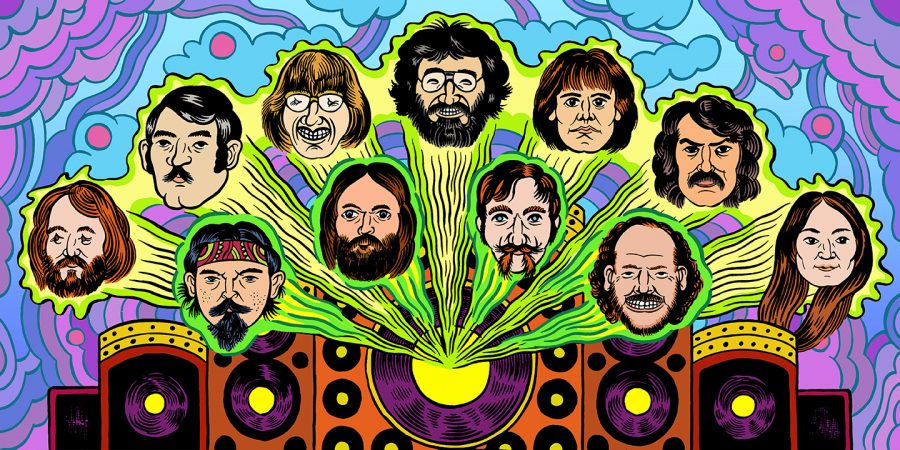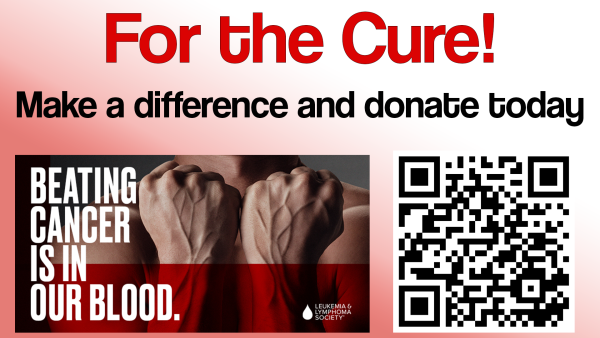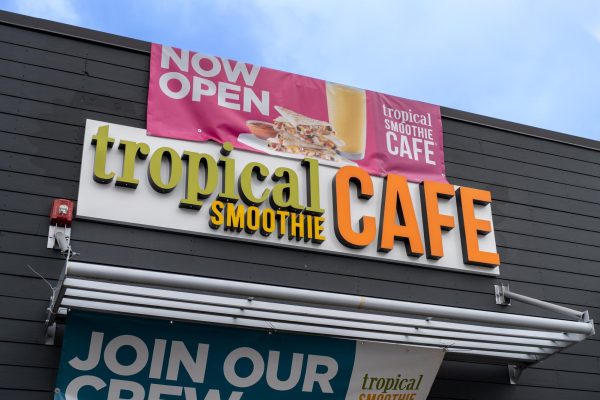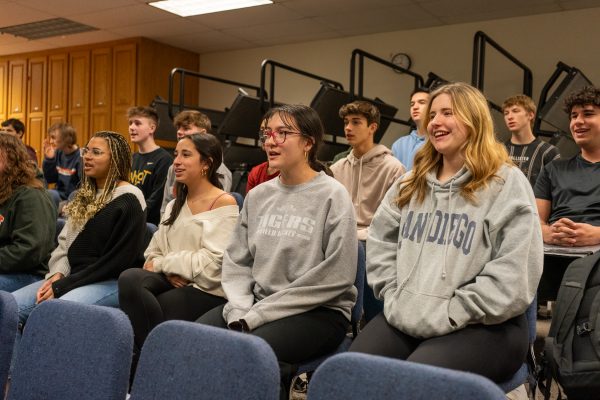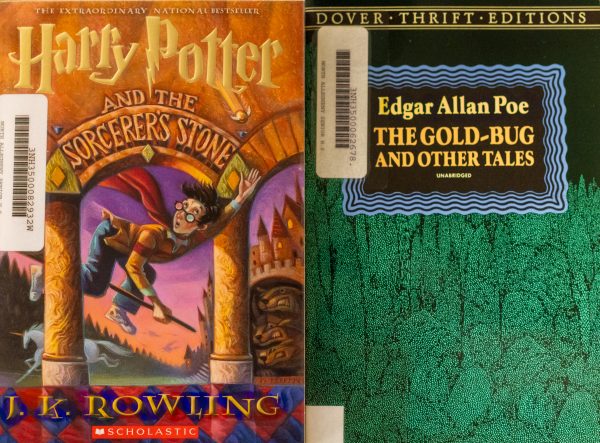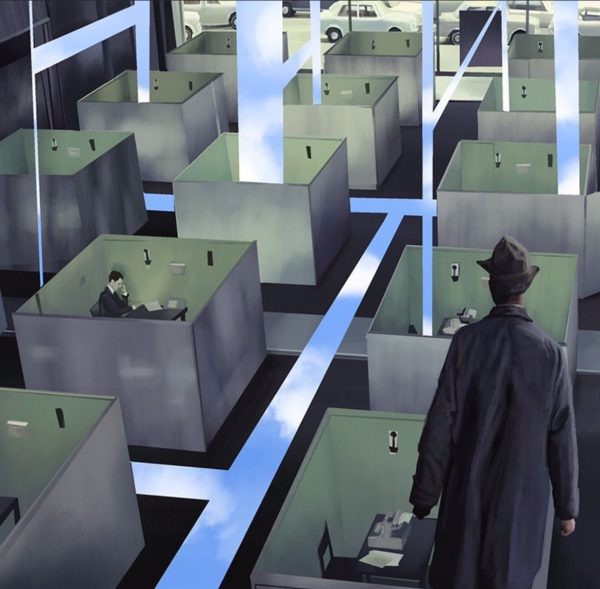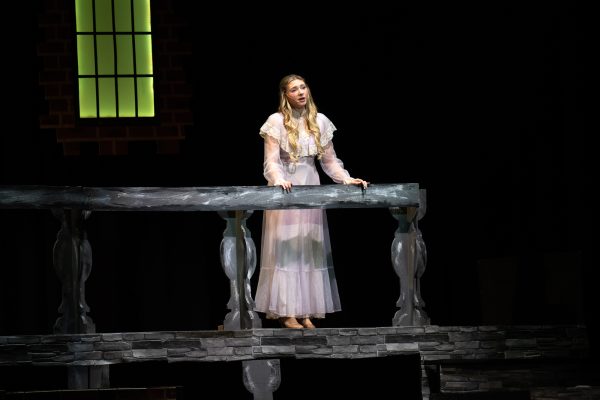Dead Ahead
The mellow and inspiring music of the Grateful Dead may be just the cure for our stay-at-home blues.
April 7, 2020
It’s been about three weeks since school ended, and much like every other senior, I’ve expressed my fair share of complaints and discontentment. However, quarantine has given me the opportunity to rest, relax, and find new music — something that has always had a positive effect on my mental well-being.
I don’t usually hesitate to stray from one type of music, and though I listen to a variety of genres, I tend to enjoy old music much more. I can’t resist the simplicity and timelessness of classic rock and folk music, and through passively listening to a few Spotify playlists, I found myself immersed in the music of the Grateful Dead.
It may seem to today’s teenagers that only a small group of people truly enjoy the music The Grateful Dead created; their fanbase has historically been associated with pot-smoking, tie-dye-clad hippies with a special disregard for authority. In reality, however, a wide variety of people have been able to enjoy the simple, peaceful tunes The Dead created across three decades, and I owe the current circumstances for allowing me to do so.
The Grateful Dead started as a quintet in 1965 in Palo Alto, California. Their musical style blended elements of popular genres of the time, such as rock and roll, folk, and jazz. The Dead became closely associated with the counterculture movement of the 60s, as the band’s lyrics and persona aligned with the sentiments of the anti-war movement.
Lead guitarist and vocalist Jerry Garcia was the band’s best-known member. Upon discharge from the U.S. army in 1960, he began to compose bluegrass melodies while playing banjo in a few small groups. When he met fellow musicians Ron McKernan, Bob Weir, Bill Kreutzmann, and Phil Lesh, the band was formed. Originally named The Warlocks, the group soon changed their name to the Grateful Dead.
The history behind the name “Grateful Dead” is quite interesting. It is said to have come from folklore across many cultures. The story’s protagonist, typically a traveler, resolves the debt of a deceased person before continuing on their way. The protagonist is later repaid for the favor by a thankful spirit form of the deceased — hence, grateful dead. This simple, universal story of how a kind deed does not go unnoticed reminds me of my duty to act as the protagonist would, no matter the situation I find myself in. As of right now, helping out at home has been my way of fulfilling that duty.
The band began to amass thousands of fans, called “Deadheads,” in the late 60s. They embodies the spirit of the decade: carefree, open-hearted, and skeptical of authority. The endearing fans zealously attended the Dead’s concerts, often following the band on tour around the country. The Dead were among the first of the time to truly experiment with new sound systems and equipment, rejecting the “small” music made by other artists at concerts during the time. One concert in 1974 utilized speakers capable of producing undistorted sounds up to a half mile from the stage.
Also innovative was the band’s willingness to allow fans to record its shows and share copies of the recordings with other fans. Bootlegging, which other bands strictly prohibited, was welcomed by the Dead, leading some music experts to regard the band as a kind of open-source tech pioneer.
Through the late 70s and 80s, the Grateful Dead continued to make a lasting impact on fans. With the release of albums such as Terrapin Station and Shakedown Street, their music proved to be more than just a cult phenomenon. The Dead were inducted into the Rock and Roll Hall of Fame in 1994, shortly before Garcia’s death in 1995.
The history of the band seems almost meaningless to discuss on its own without mentioning the actual subject matter: the songs themselves. Here are ten of my favorite Grateful Dead songs, and here is the Spotify playlist.
“Shakedown Street”
The upbeat nature and heavy use of guitar in this song is quite similar to Pink Floyd’s “Another Brick in the Wall,” so it has a different vibe from the rest of the Shakedown Street album. It’s almost impossible to be in a bad mood when this song plays.
“Ship of Fools”
The meaning behind “Ship of Fools” could refer to the attitudes toward the government at the time. The song’s laid-back, downbeat nature makes it great for background noise.
“Friend of the Devil”
This is one of the best-known Grateful Dead songs, and the lyrics are largely open to interpretation, as each person’s devil could be something different.
“Casey Jones”
This seems like the perfect song for a long road trip, and though that might not be a possibility at the moment, it’s a great song to listen to when outdoors or on a walk.
“Box of Rain”
More than just a fun sing-along song, the lyrics remind us that we have the ability to choose to see what we want to see, whether that be the optimistic or pessimistic side of a situation.
“Ripple”
A soft and simple tune, “Ripple” comforts us by letting us know that we’re all in the same boat, and so our actions can unavoidably influence others (another reason why we should be taking social distancing seriously!).
“Money Money”
Pay close attention to the lyrics, and you’ll likely agree that this song from 1974 is as relevant today as it was back then.
“Here Comes Sunshine”
This mellow song’s message is a frequent refrain of the title — although a situation may be rough at the current moment, sunshine is around the corner.
“Good Lovin’”
This pick-me-up cover song incorporates rock and roll elements to make the original 1960’s version by the Young Rascals sound more like a classic 70s or 80s song.
“Eyes of the World”
The uplifting beat and lyrics tell us that we are meant to be our own individuals, connected to nature through our spirit.

